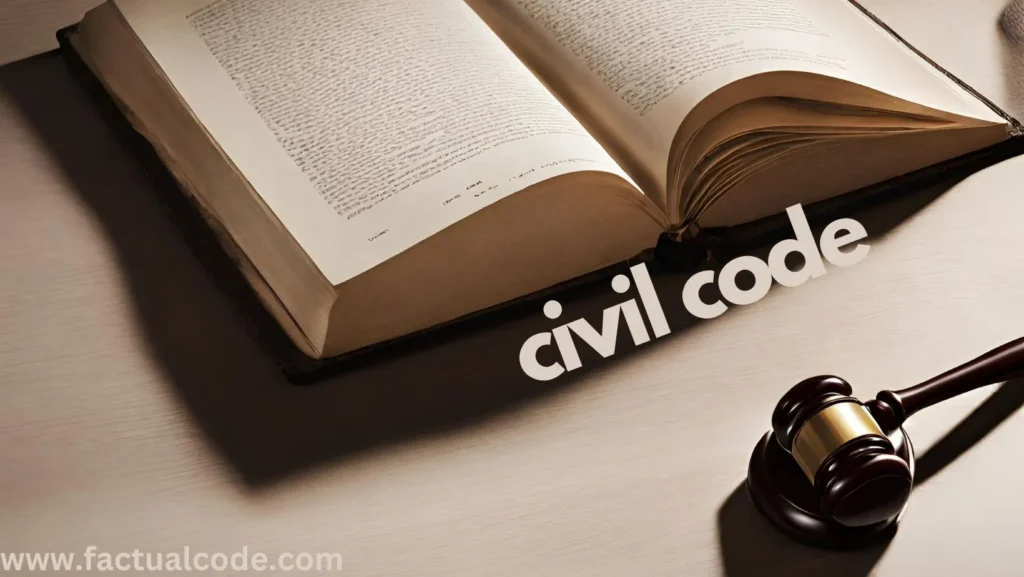Short Version:
Introduction
The transfer of cases under Sections 22 to 25 of the Code of Civil Procedure, 1908 (CPC), ensures impartiality, convenience, and avoidance of conflicting decisions. These provisions empower courts to facilitate justice when jurisdiction or fairness is questioned.
Provisions
Section 22: Transfer Where Multiple Jurisdictions Exist
- Allows defendants to request transfers when suits can be filed in multiple competent courts.
- Case Law: Ms. Basanti Devi v. Mst. Sahodra – The court emphasized fairness and the overall circumstances over mere party consent.
Section 23: Determining the Appropriate Court
- Guides transfer applications to the correct appellate or High Court based on jurisdiction.
Section 24: General Power of High Court/District Court
- Allows transfer or withdrawal of cases suo moto or on application.
- Case Law: Raghunandan v. G.H. Chawla – Reasonable apprehension of bias was accepted as a valid ground for transfer.
- Case Law: Indian Overseas Bank v. Chemical Construction Co. – Courts must weigh the convenience of all parties.
Section 25: Supreme Court’s Power for Interstate Transfers
- Supreme Court can transfer cases between states to ensure justice.
- Case Law: Guda Vijayalakshmi v. Guda Ramchandra Sekhara Sastry – Consolidation of related cases improved efficiency and justice.
Grounds for Transfer
Sufficient Grounds:
- Bias apprehension (Raghunandan v. G.H. Chawla).
- Multiplicity avoidance (Rajulu v. Govindan).
- Balance of convenience (Indian Overseas Bank).
Insufficient Grounds:
- Personal inconvenience (Arvee Industries v. Rata Lal).
- Unsupported allegations of bias.
Conclusion
Transfer provisions maintain fairness and efficiency in legal processes, as supported by landmark judgments.
Long Version:
Introduction
The CPC provides mechanisms to transfer cases to ensure fairness, avoid conflicting judgments, and enhance judicial efficiency. Sections 22 to 25 allow courts to address jurisdictional and impartiality concerns, balancing convenience and justice.
Provisions Explained
1. Section 22: Transfer Where Multiple Jurisdictions Exist
- Scope: Applies when suits can be filed in more than one competent court.
- Conditions:
- Defendants must apply before settlement of issues.
- Notice to the opposing party is mandatory.
- Relevance of Case Law:
Ms. Basanti Devi v. Mst. Sahodra – Highlighted that courts must evaluate the broader circumstances, ensuring both fairness and convenience, not merely party consent.
2. Section 23: Determining the Appropriate Court
- Purpose: Directs transfer applications to the correct appellate or High Court based on the jurisdictions of the involved courts.
Significance: Streamlines transfer requests and avoids jurisdictional confusion.
3. Section 24: General Power of High Court/District Court
- Authority: High Courts and District Courts can transfer or withdraw cases suo moto or on application.
- Scope:
- Transfer or withdraw suits, appeals, or proceedings.
- Retry or continue proceedings from the transferred stage.
- Relevance of Case Law:
- Raghunandan v. G.H. Chawla – Recognized reasonable apprehension of bias as a sufficient ground for transfer, ensuring fairness.
- Indian Overseas Bank v. Chemical Construction Co. – Clarified that transfer decisions must consider all parties’ convenience, not just the applicant’s.
4. Section 25: Supreme Court’s Power for Interstate Transfers
- Scope: Allows the Supreme Court to transfer cases between states.
- Conditions:
- Applications supported by affidavits.
- Notice to all parties for objections.
- Grounds must align with the ends of justice.
- Relevance of Case Law:
- Guda Vijayalakshmi v. Guda Ramchandra Sekhara Sastry – Showcased the importance of consolidating interconnected cases for efficiency and fairness.
- Rajulu v. Govindan – Demonstrated the necessity of transfers to prevent multiplicity of proceedings and conflicting decisions.
Grounds for Transfer
Sufficient Grounds:
- Reasonable Apprehension of Bias:
- Raghunandan v. G.H. Chawla – Ensures impartiality in trials by avoiding potential prejudice.
- Avoiding Multiplicity of Proceedings:
- Rajulu v. Govindan – Prevents conflicting judgments by consolidating cases with similar causes of action.
- Balance of Convenience:
- Indian Overseas Bank v. Chemical Construction Co. – Weighs the convenience of parties and accessibility of evidence to ensure fairness.
Insufficient Grounds:
- Personal inconvenience or distance from residence (Arvee Industries v. Rata Lal).
- Unsubstantiated allegations of bias.
Procedure and Effect
- Filing Application: Supported by affidavit and valid grounds.
- Notice to Opposite Party: Ensures objections are addressed.
- Judicial Decision: Courts consider justice, convenience, and procedural fairness.
- Post-Transfer: Cases may be retried or resumed from the stage of transfer. Transfer orders take immediate effect.
Key Case Laws and Their Relevance
Ms. Basanti Devi v. Mst. Sahodra:
Clarified that transfer decisions must balance fairness and convenience, considering all circumstances.
Raghunandan v. G.H. Chawla:
Highlighted the importance of avoiding bias to ensure impartial trials.
Indian Overseas Bank v. Chemical Construction Co.:
Defined “balance of convenience” as an essential factor in transfer decisions.
Guda Vijayalakshmi v. Guda Ramchandra Sekhara Sastry:
Emphasized consolidating related cases under Section 25 for efficiency.
Rajulu v. Govindan:
Prevented conflicting rulings by transferring cases with overlapping causes of action.
Conclusion
The transfer of cases under CPC ensures justice, impartiality, and procedural efficiency. Landmark cases illustrate how courts judiciously exercise these powers, upholding the principles of fairness and preventing misuse of process.
References- THE CODE OF CIVIL PROCEDURE, 1908 Mt. Basanti Devi vs Mt. Sahodra And Ors. on 2 August, 1935 Guda Vijayalakshmi vs Guda Ramchandra Sekhara Sastry on 13 March, 1981 Indian Overseas Bank, Madras vs Chemical Construction Company & Ors on 3 May, 1979 Nahar Industrial Enterprises Ltd vs Hongkong & Shanghai Banking Corp on 29 July, 2009Raghunandan v. G.H. ChawlaG.M. Rajulu vs Rao Bahadur M. Govindan Nair on 30 March, 1938 Arvee Industries & Ors vs Ratan Lal Sharma on 13 September, 1977 section 22 section 23 section 24 section 25 manupatra.com

